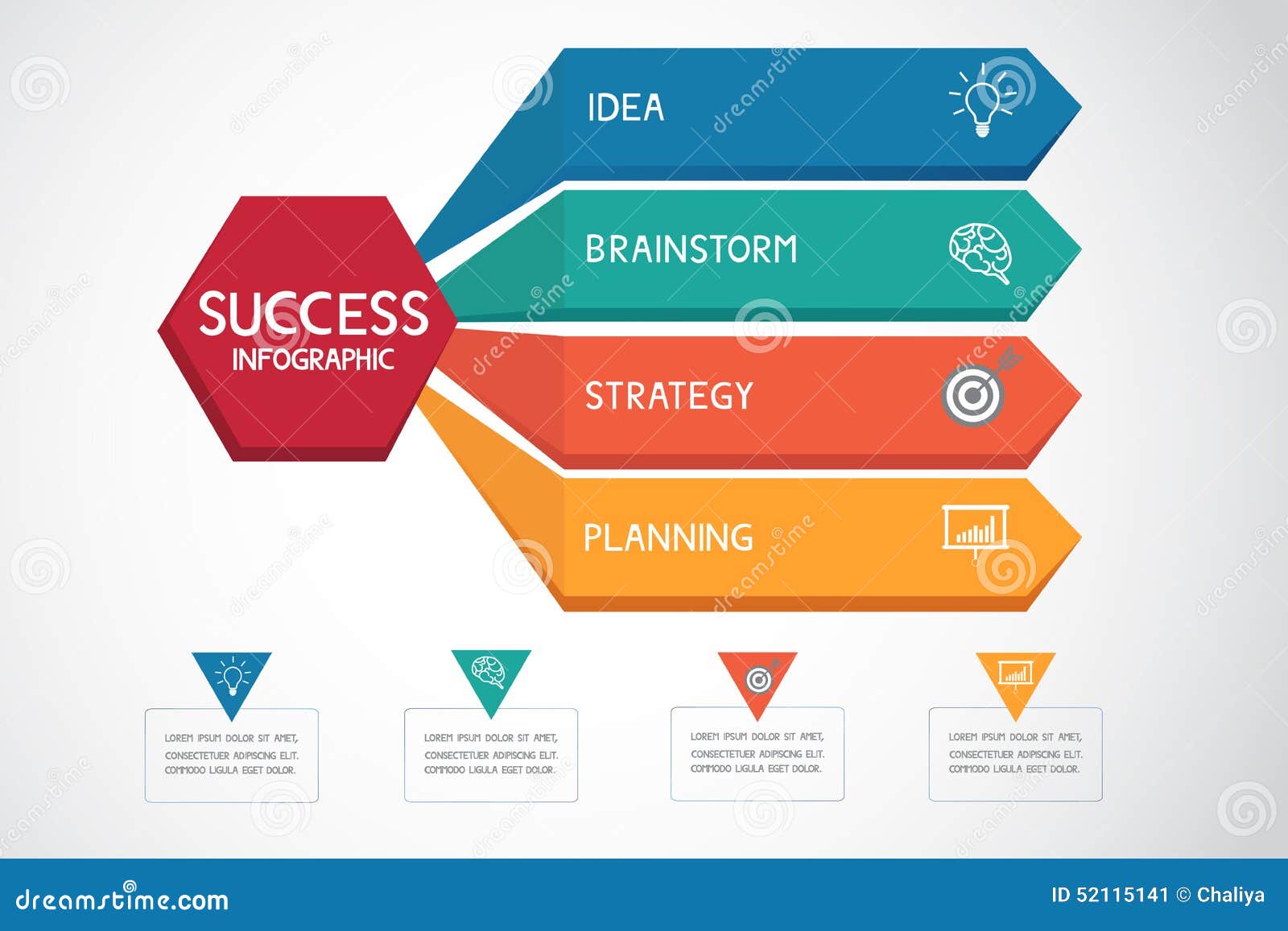Interested In Discovering How Website Design Has Transformed Over The Years? Explore The Trip
Interested In Discovering How Website Design Has Transformed Over The Years? Explore The Trip
Blog Article
Material Writer-Bradshaw Dalby
In the past, sites were basic and concentrated on information. Click On this website was straight, and design was for desktops. Currently, individual experience is crucial. Data guides layouts for very easy navigation. Receptive designs suit different gadgets. Today, dark mode reduces pressure, and minimalist menus improve navigating. Interactive functions involve customers, and strong visuals stick out. AI integration increases involvement. See how design has actually developed to enhance your on the internet trip.
Early Days of Website Design
In the early days of web design, simpleness reigned supreme. Websites were basic, with limited shades, typefaces, and formats. The emphasis was on giving info rather than fancy visuals. Customers accessed the web through slow-moving dial-up connections, so speed and capability were crucial.
Navigating food selections were straightforward, commonly located at the top or side of the web page. Web sites were developed for computer, as mobile browsing had not been yet common. Web content was king, and designers focused on easy readability over intricate style components.
HTML was the main coding language utilized, and developers had to work within its restraints. Animations and interactive functions were minimal compared to today's standards. Internet sites were static, with little vibrant material or tailored individual experiences.
Rise of User-Focused Layout
With the evolution of site style, a change towards user-focused layout concepts has become significantly noticeable. Today, developing internet sites that prioritize customer experience is vital for involving visitors and attaining service objectives. User-focused style entails understanding the demands, choices, and behaviors of your target audience to customize the website's layout, material, and features appropriately.
Designers currently conduct extensive study, such as customer studies and use screening, to collect understandings and feedback straight from users. This data-driven method assists in creating user-friendly navigating, clear calls-to-action, and aesthetically appealing interfaces that resonate with site visitors. By putting the individual at the center of the style process, internet sites can supply an extra individualized and satisfying experience.
Responsive layout has actually additionally become an essential facet of user-focused layout, making sure that internet sites are optimized for various devices and display dimensions. This adaptability enhances access and usability, catering to the diverse ways users communicate with websites today. Essentially, the surge of user-focused design symbolizes a shift towards developing electronic experiences that prioritize the needs and assumptions of the end customer.
Modern Trends in Web Design
Explore the current patterns forming web design today. One famous trend is dark setting layout, offering a smooth and modern-day appearance while decreasing eye strain in low-light atmospheres. An additional key trend is minimal navigating, streamlining food selections and improving individual experience by concentrating on essential elements. Incorporating micro-interactions, such as computer animated switches or scrolling impacts, can develop a more engaging and interactive web site. Receptive style stays critical, making sure smooth individual experiences across various tools. Furthermore, making use of strong typography and unbalanced formats can include visual rate of interest and draw attention to specific web content.
Integrating AI technology, like chatbots for customer support or personalized suggestions, improves individual engagement and improves procedures. Ease of access has additionally become a considerable fad, with designers prioritizing inclusive design methods to deal with varied user needs. Embracing sustainability by enhancing internet site efficiency for rate and effectiveness is another arising pattern in web design. Working together with user feedback and data analytics to iterate and improve layout constantly is essential for remaining pertinent in the ever-evolving electronic landscape. By welcoming these contemporary patterns, you can produce a visually appealing, straightforward website that reverberates with your target market.
Conclusion
As you reflect on the advancement of website style from the very early days to currently, you can see exactly how user-focused design has actually ended up being the driving pressure behind modern-day trends.
Accept the trip of modification and adaptation in website design, constantly keeping the user experience at the center.
Tippingpointdigital
Remain current with the most recent trends and modern technologies, and never ever stop developing your strategy to create visually stunning and user-friendly web sites.
Develop, adapt, and develop - the future of website design is in your hands.
